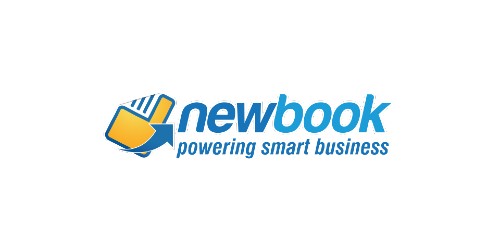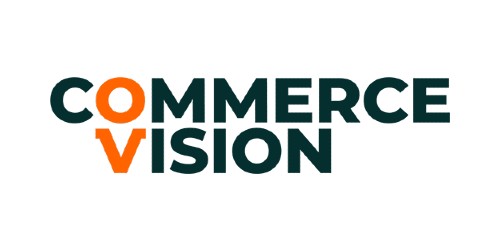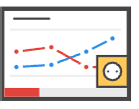Expert Online Marketing Services
Drive Revenue Growth with SEO, SEM & Social Media
Supercharge Your Marketing Today
Schedule a Free CallSupercharge Your Marketing Today
Schedule a Free CallPartner with HeyLead to Achieve Your Marketing and Revenue Goals
Empowering Brands since 2006




























































Case Studies
CUSTOMIZED ADVERTISING
No Matter The Niche, We’ve Got You Covered
20+ Niches Under Our Belt: Here’s a Glimpse of Our Diverse Experience
Get a consistent stream of calls & new clients.
Get more leads, strategy sessions, and clients.
Increase enrollment and
awareness.
Increase conversions and reduce cart abandonment
Book more demos and increase
LTV.
Find, engage, and acquire new patients & clients.
Grow Your Rankings & Traffic

We will identify terms that you’re already ranking for near the top of google and optimize your site to rank higher. This gets us quicker traffic jumps than starting from scratch.

We’ll make sure you have the right type of content on your site. Any new content will be optimized to rank highly in search engines!

One of the most important factors in ranking is the links that come to your site from other websites. We’ll create a diversified, effective link building plan to push your site to the top.
START ADVERTISING ON GOOGLE ADS AND THE YAHOO BING NETWORK
Get Leads With Our PPC Management Services

Fill your sales pipeline with quality leads

Improve your conversions with our proven landing pages

Your own Google certified paid traffic expert

Know exactly what's happening with your campaigns
Meet Our Team of Marketing Ninjas: Fun, Creative, and Always Professional

Founder

Business Development

Copywriter

Web Developer

Senior Designer

Business Development
Testimonials

Chief Marketing Officer
New Book
![]()
HeyLead was able to quickly bring structure and order to our Search Engine Marketing campaigns. Their methodical approach turned around our SEM performance and allowed us to demonstrate the ROI from the programs. They brought innovations to the table that increased the visibility of the online journeys our prospects and customers were taking. This allowed us to rapidly align our content and approach to match our customers’ needs.

CEO
TennisRound
![]()
HeyLead was instrumental in setting up the SEO approach in the early days of Tennis Round from page naming conventions and taxonomy through architecture and execution in driving traffic to the site. Their experience in helping early stage startups has been invaluable in generating demand, building brand awareness and helping establish our presence within the tennis community.

CEO
CallerReady
![]()
HeyLead helped us develop SEO ranking on key search terms for our communications marketing platform. They also helped us build, test and manage our paid SEM program. They were very responsive to our specific goals and brought subject matter expertise, saving us a lot of time and effort. Hey Lead developed our SEM and SEM strategy and tactics and then implemented with real results. They take a very practical results-oriented approach. We are planning to use them again on our next new brand launch. I highly recommend their services.

Director of Sales and Marketing
Avidian
![]()
I worked with Martin and his company for several years. He managed our website and provided SEO and SEM support. He has been a great partner in this area and always produced high quality results. I recommend him for any needs you may have in this area.

CEO
Woodruff Property Management
![]()
I’ve worked with HeyLead for over a decade. There is no one else I’d trust with lead generation and IT. I’ve tried others, to my detriment. If you want someone who is dedicated and trustworthy, you couldn’t pick someone better.

Digital Marketing Manager
NewBook
![]()
The team at HeyLead managed our SEO and SEM with great aptitude, I would recommend their services for anyone looking to level up their search engine presence paid or organic.

Copyright 2024 HeyLead. All Rights Reserved
About Us | Privacy Policy | Terms of Service